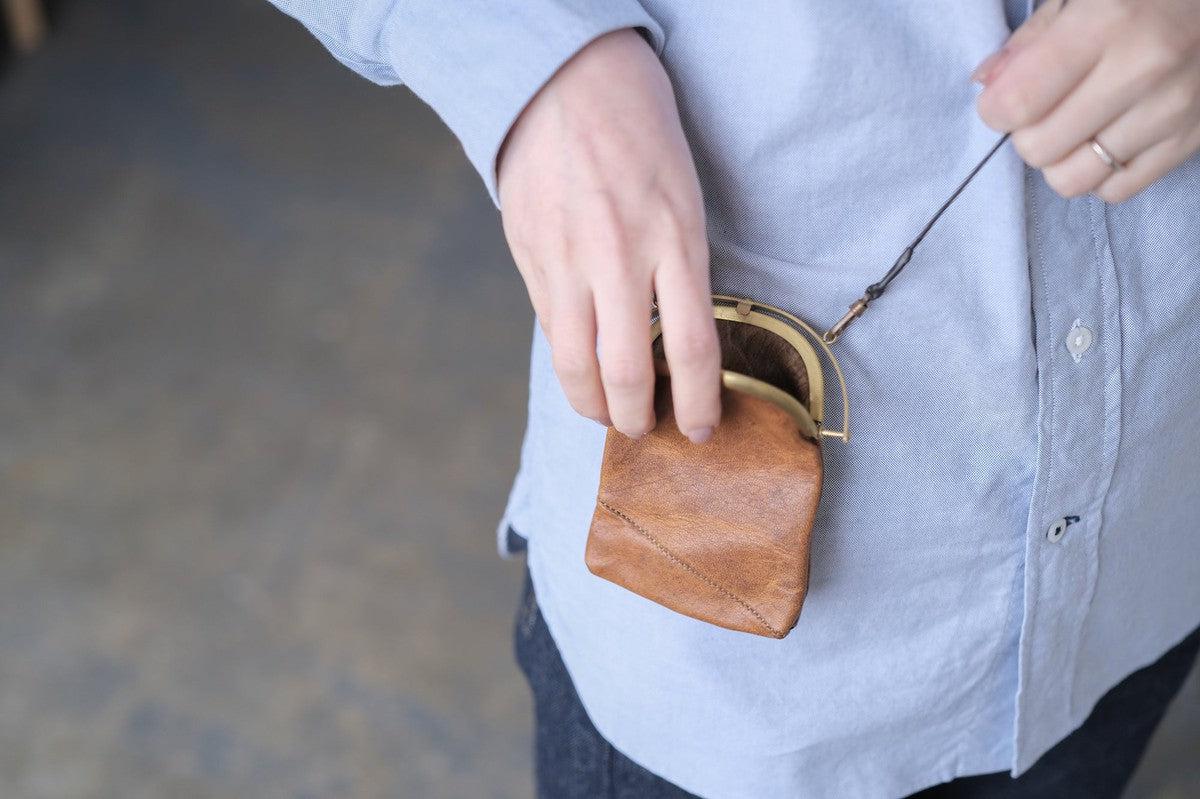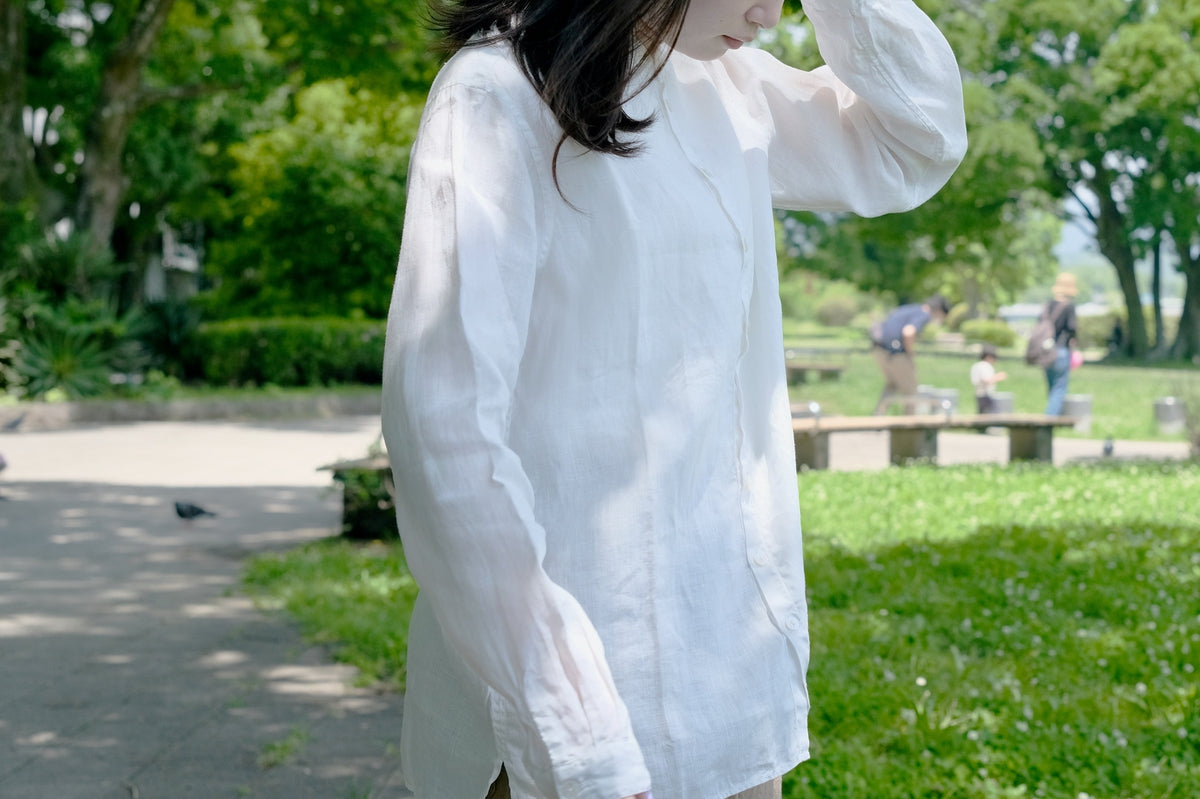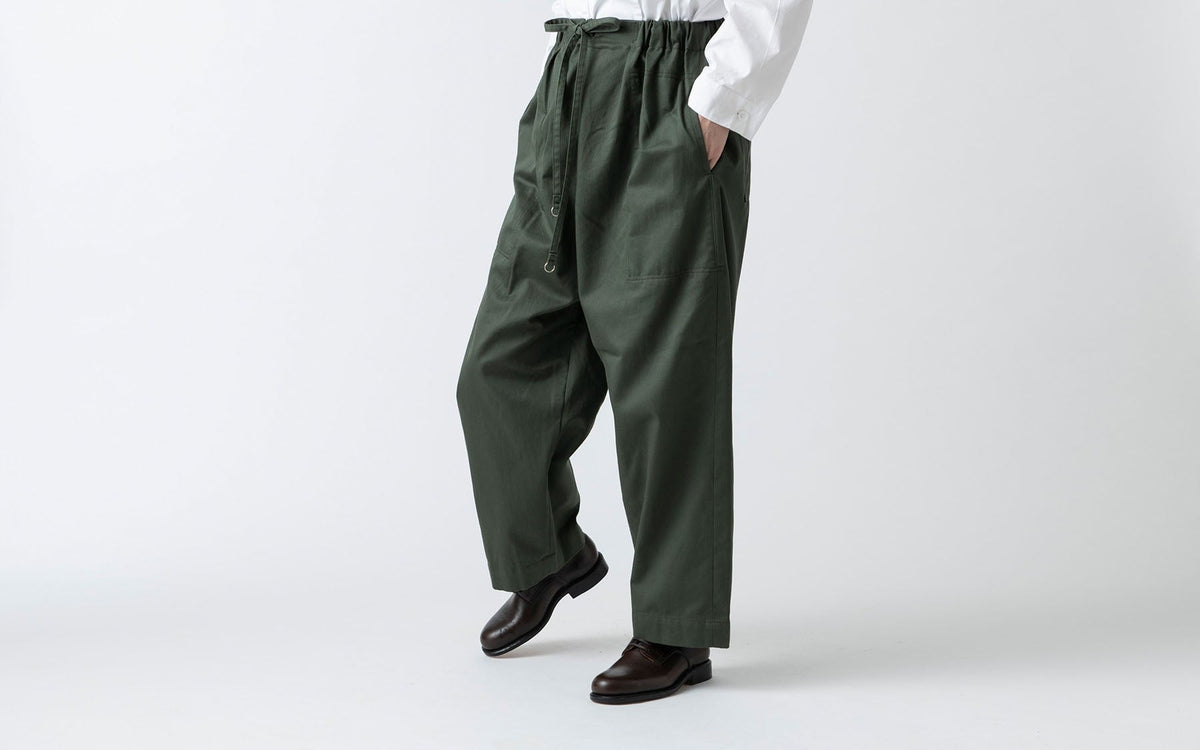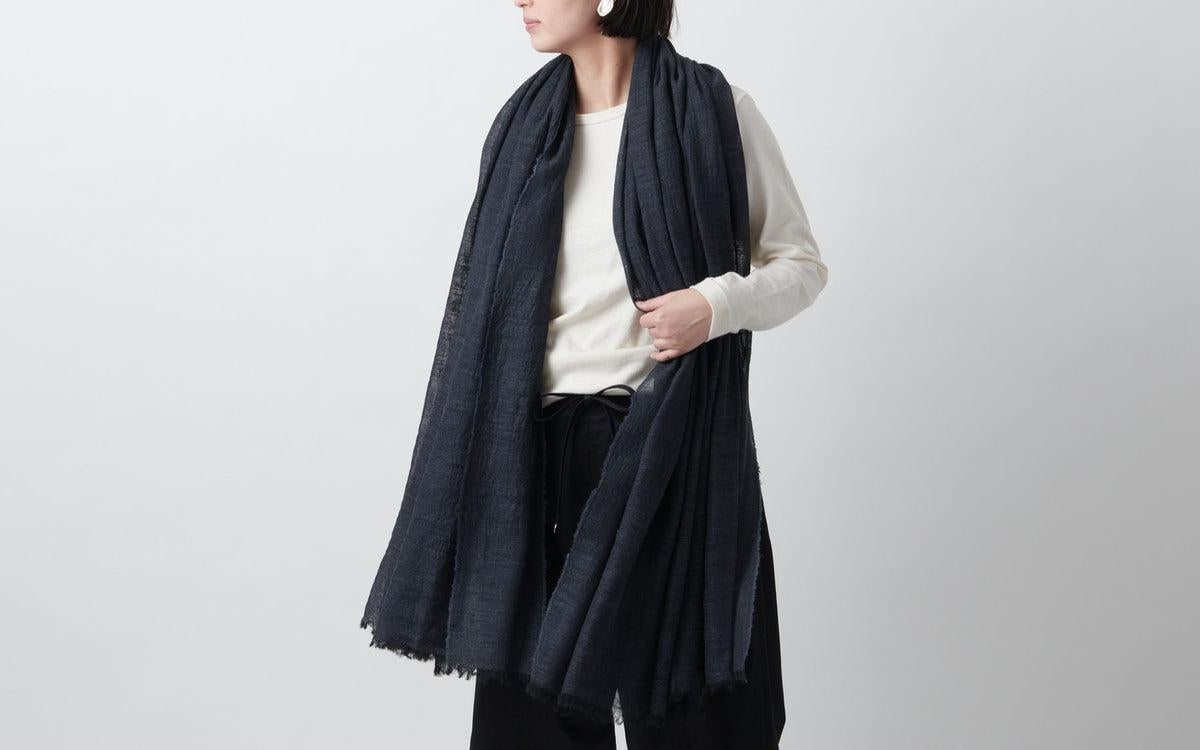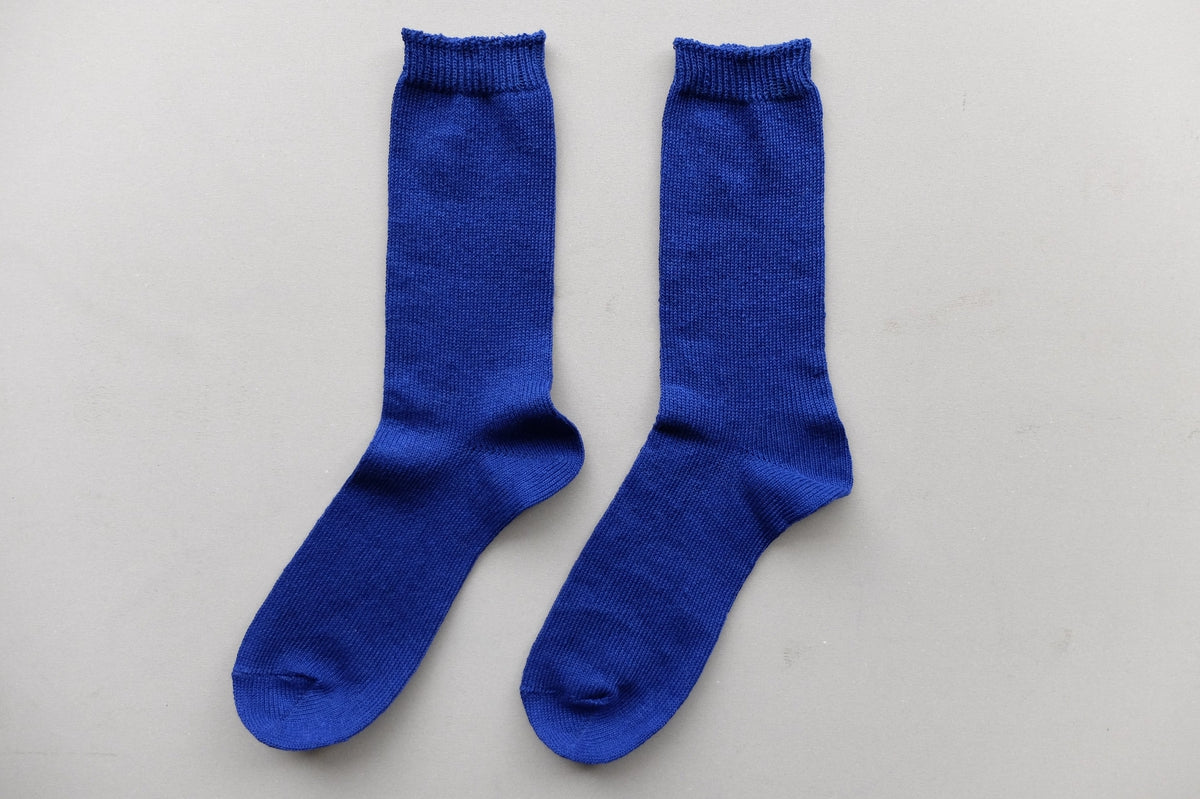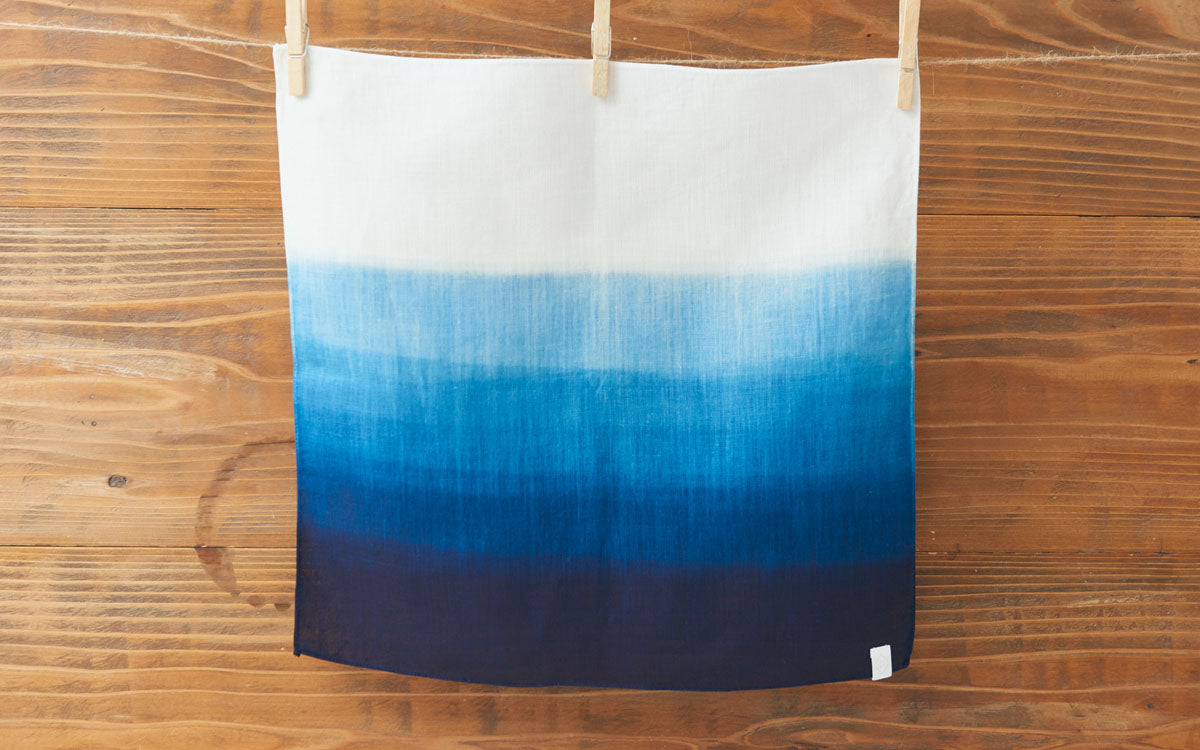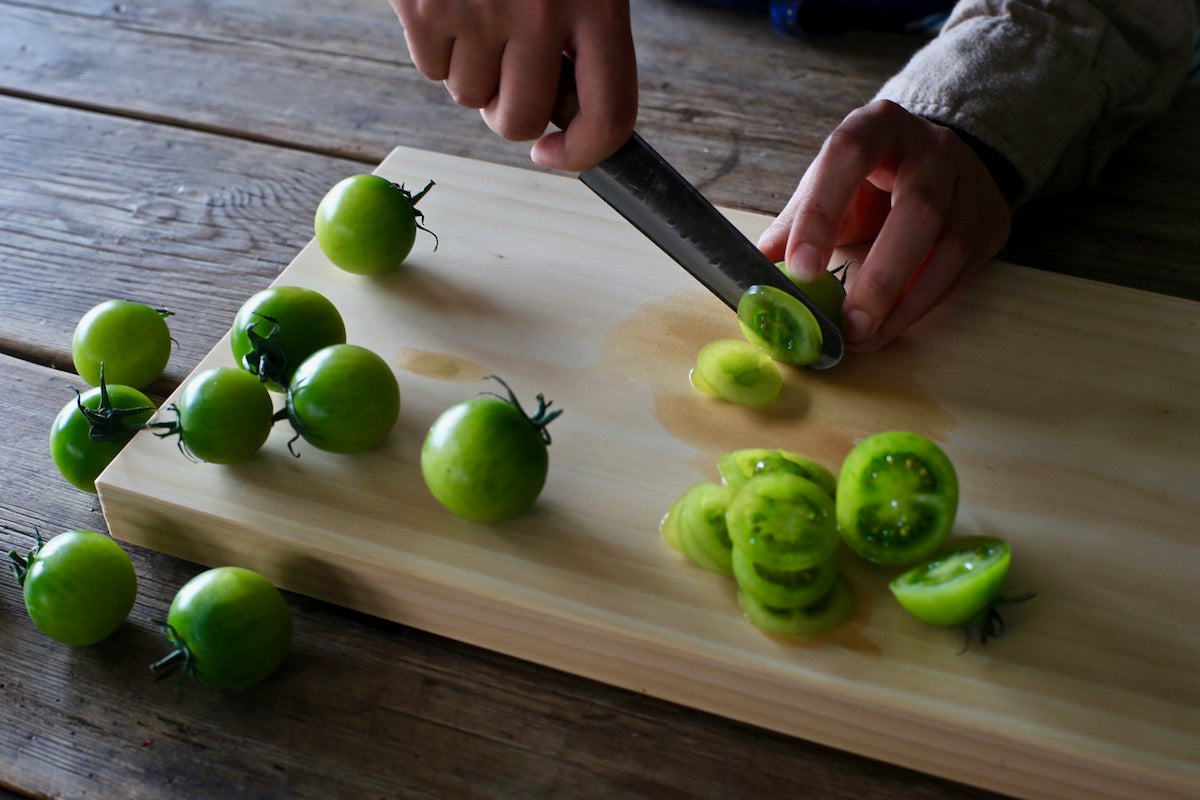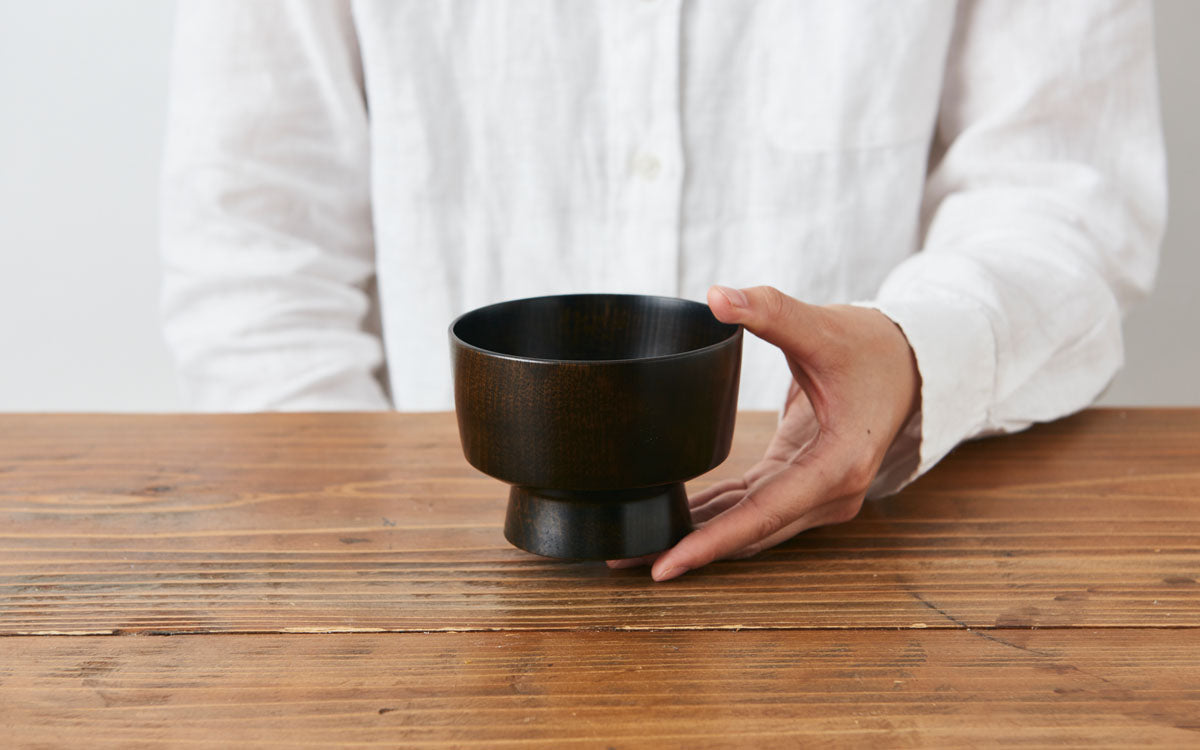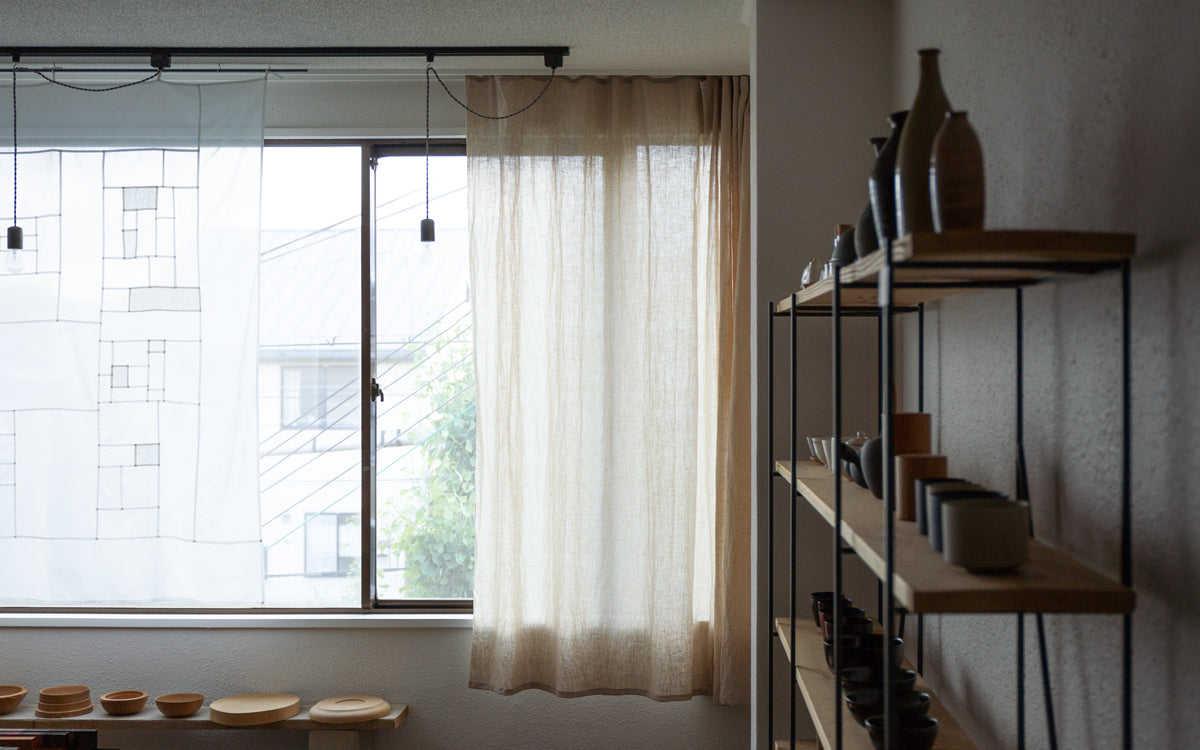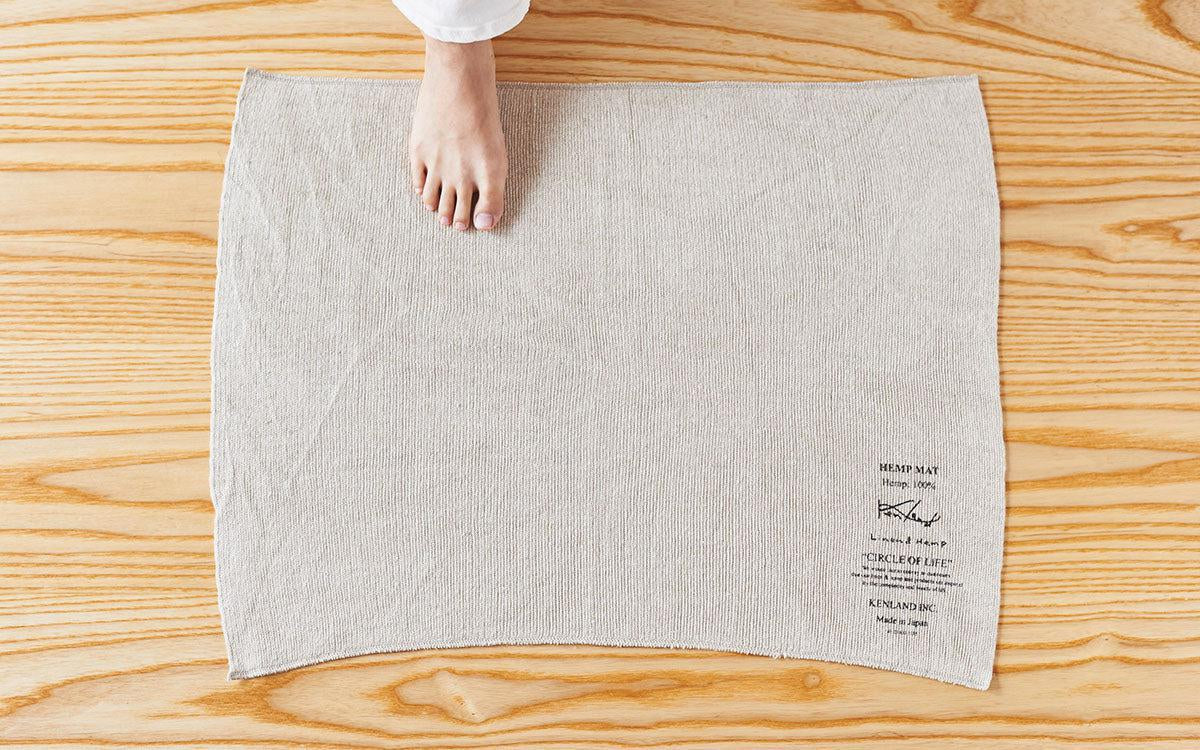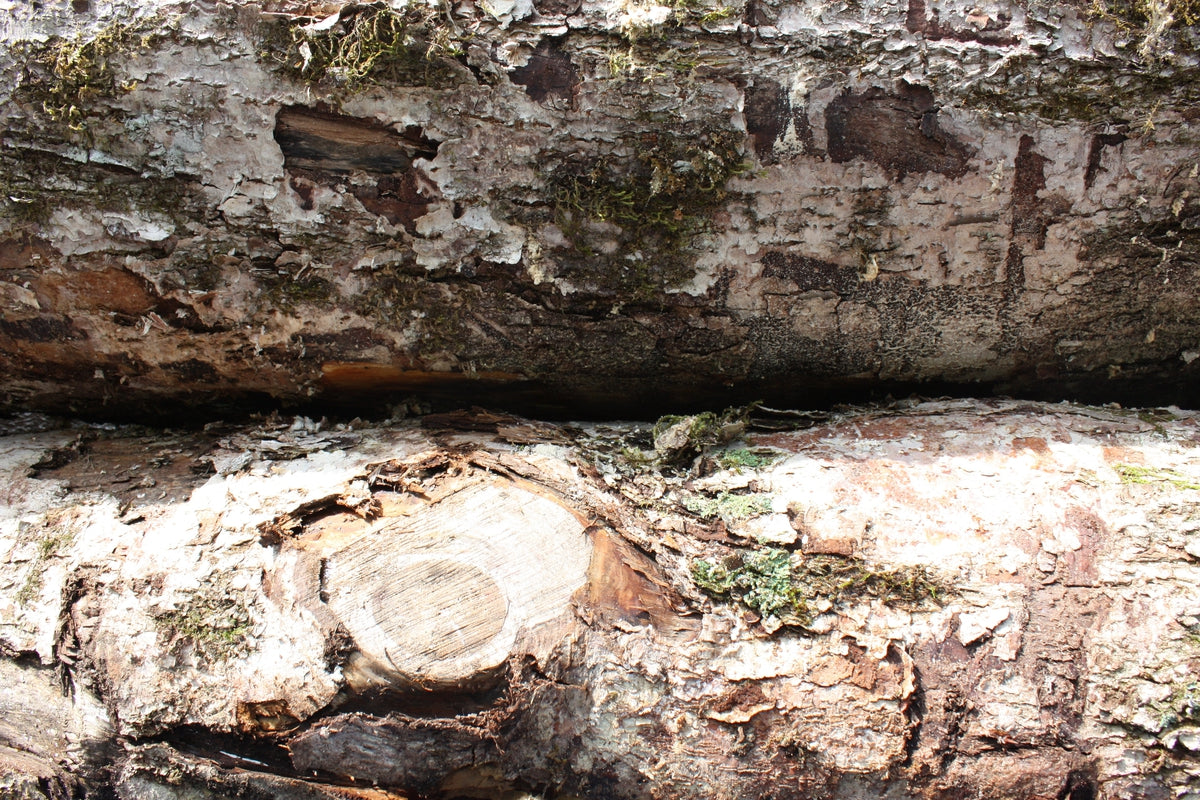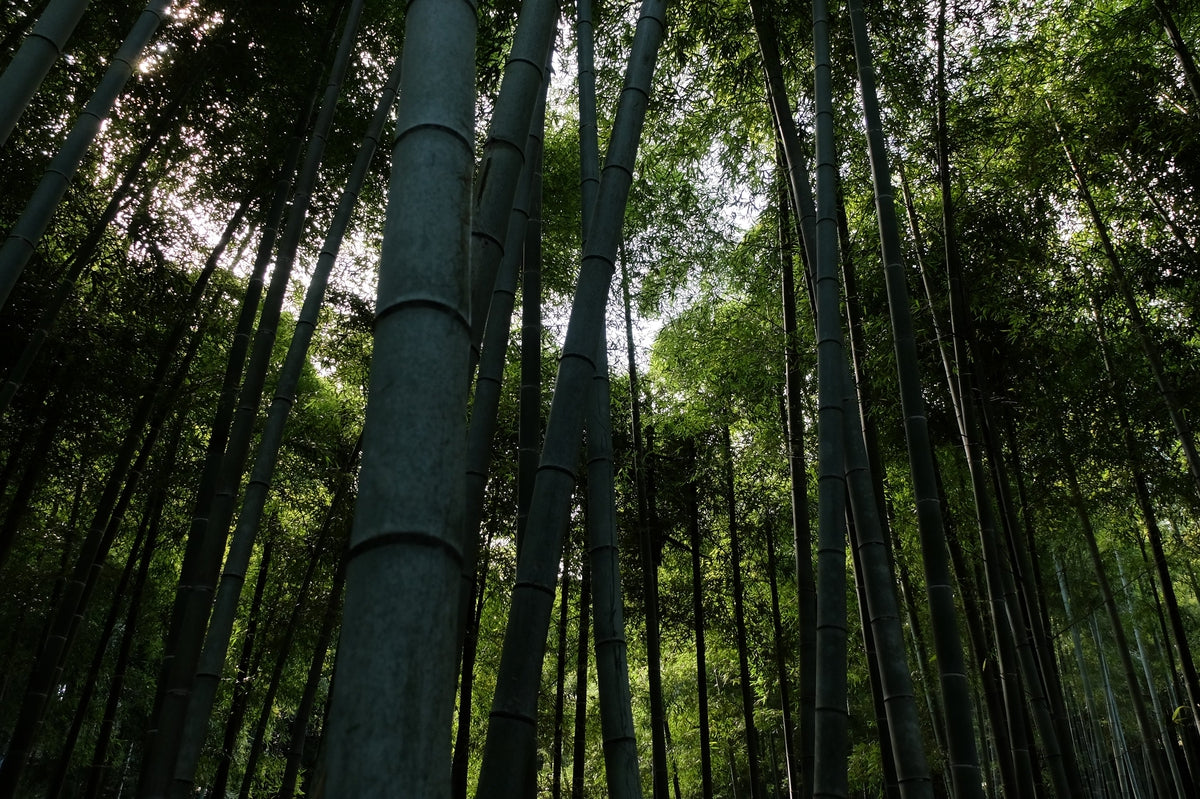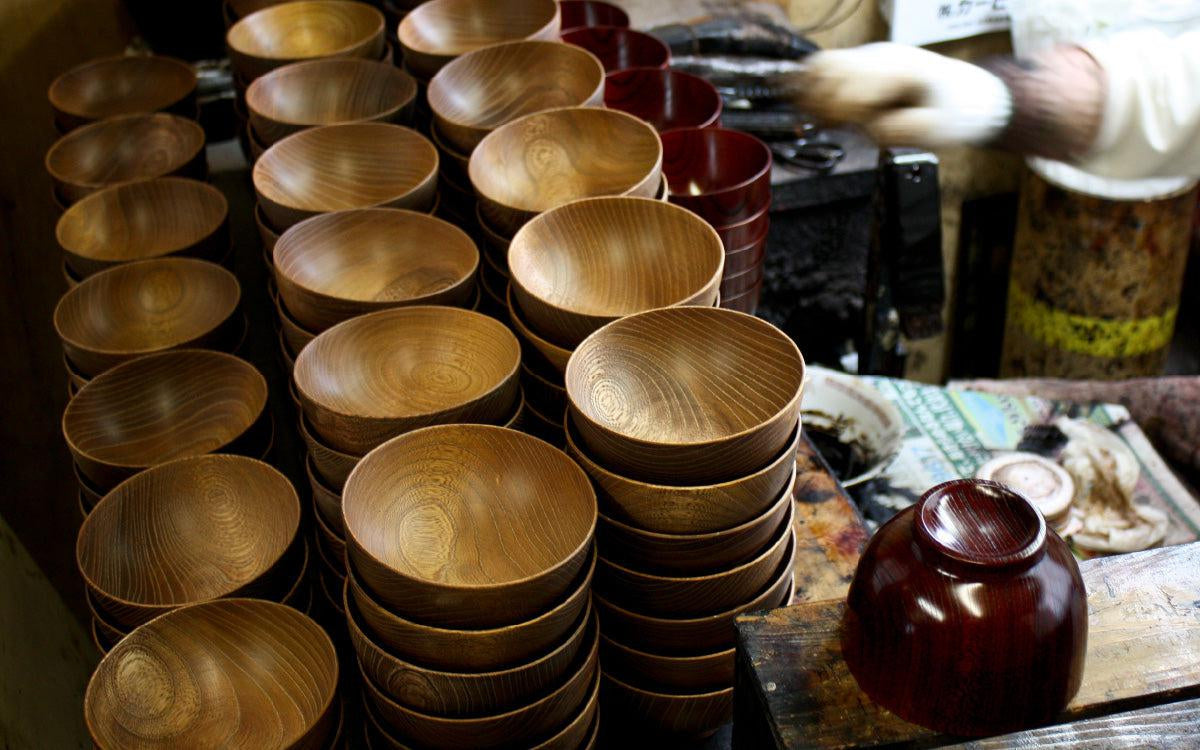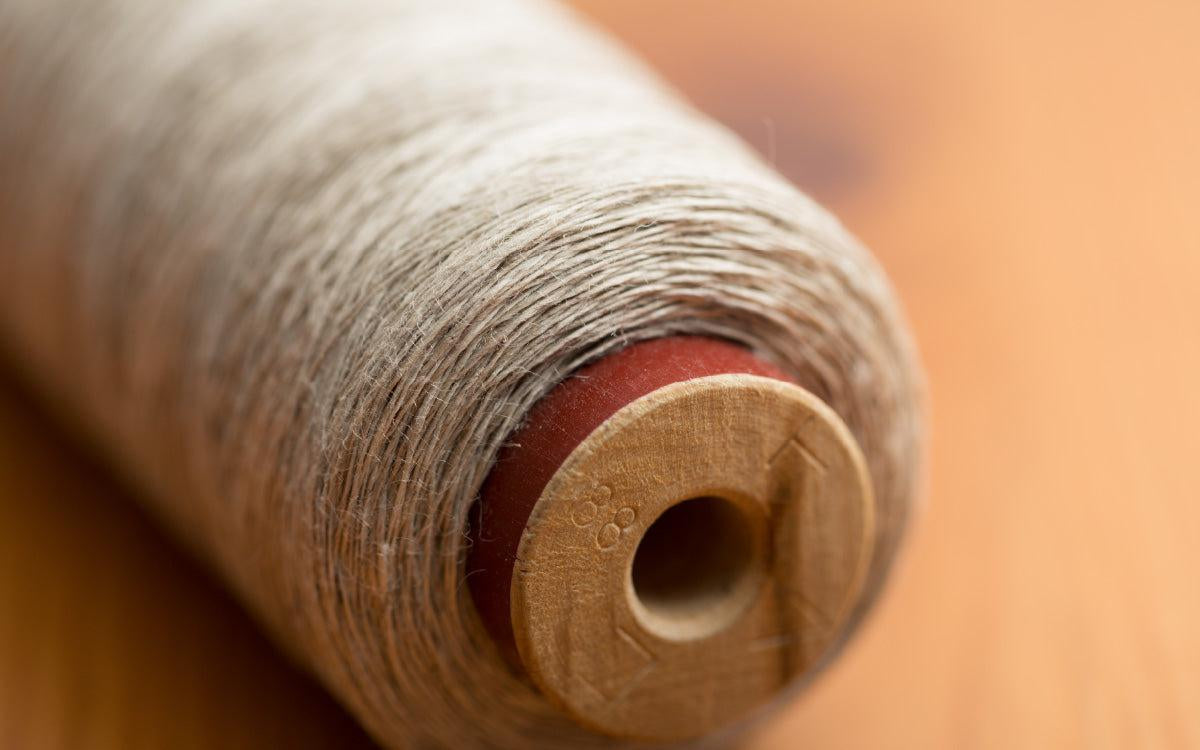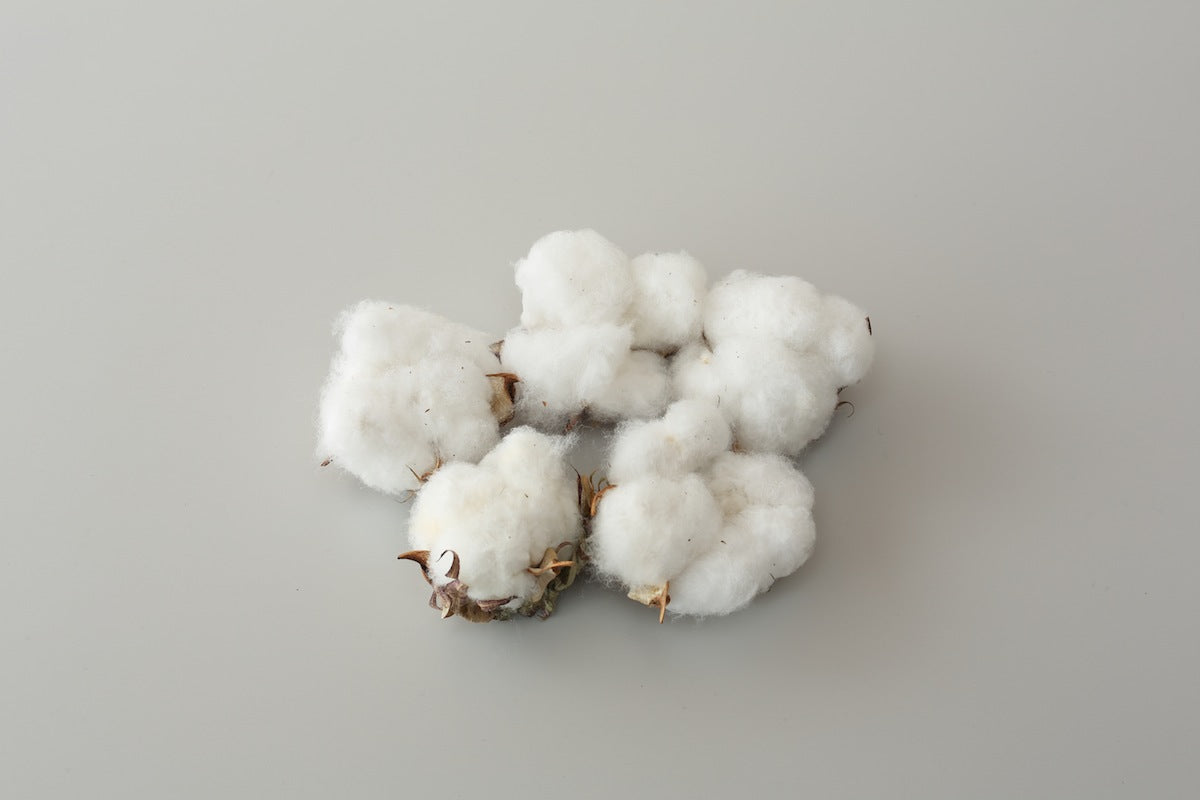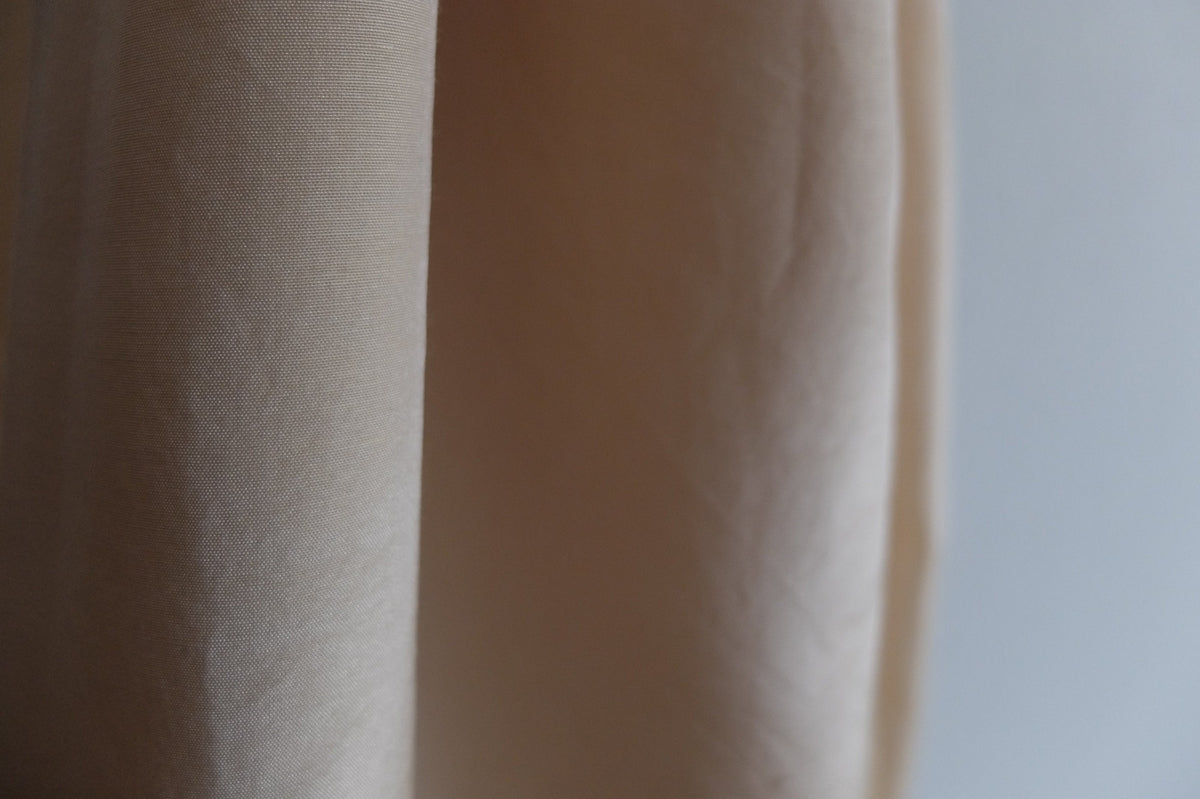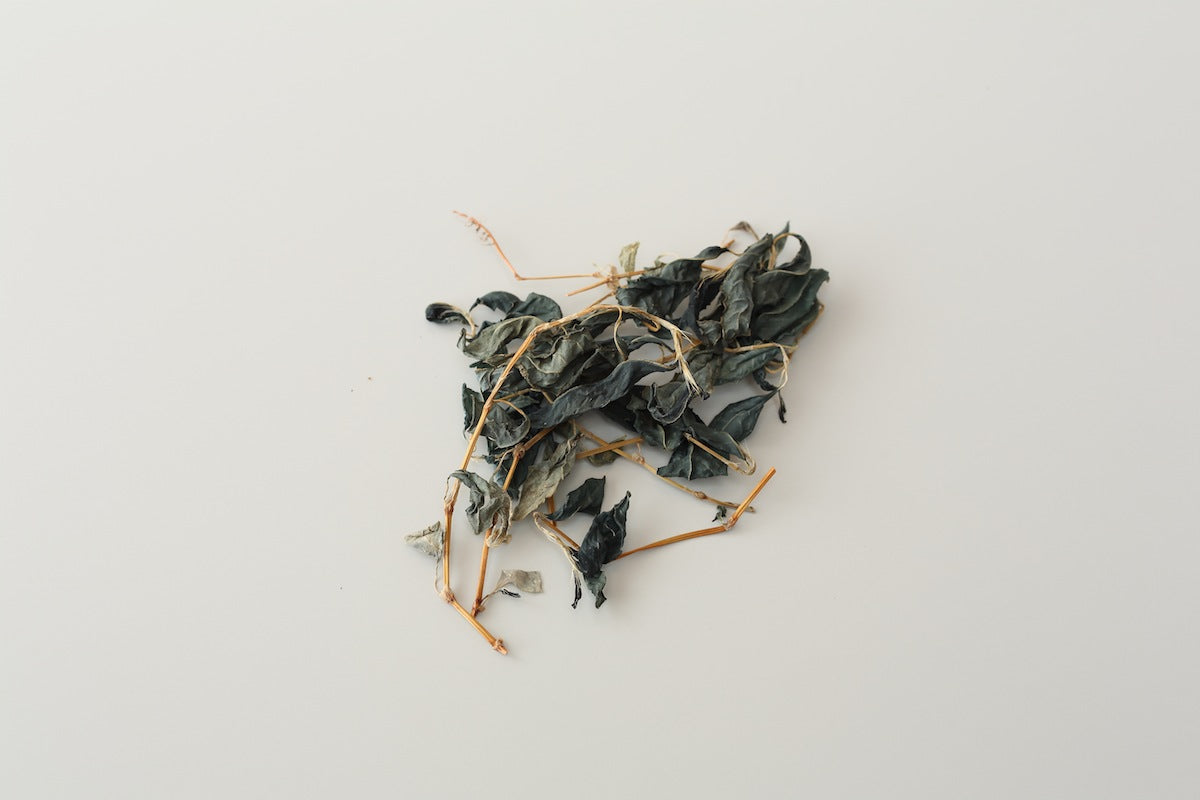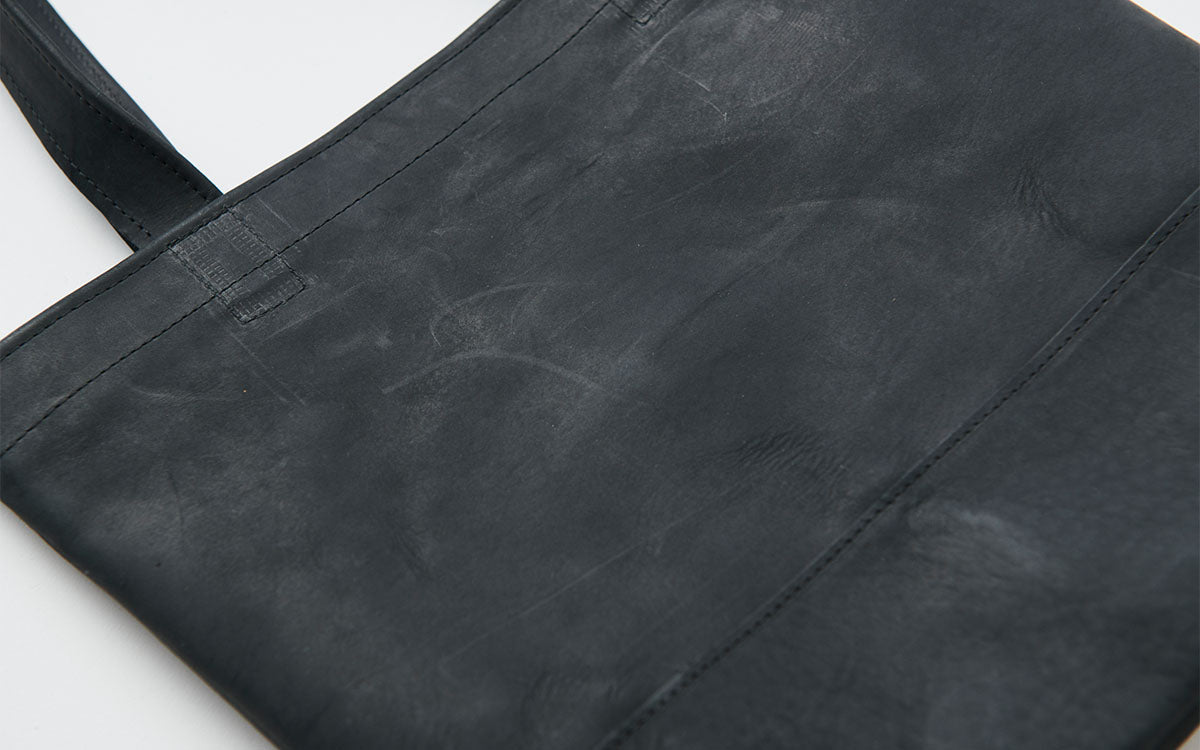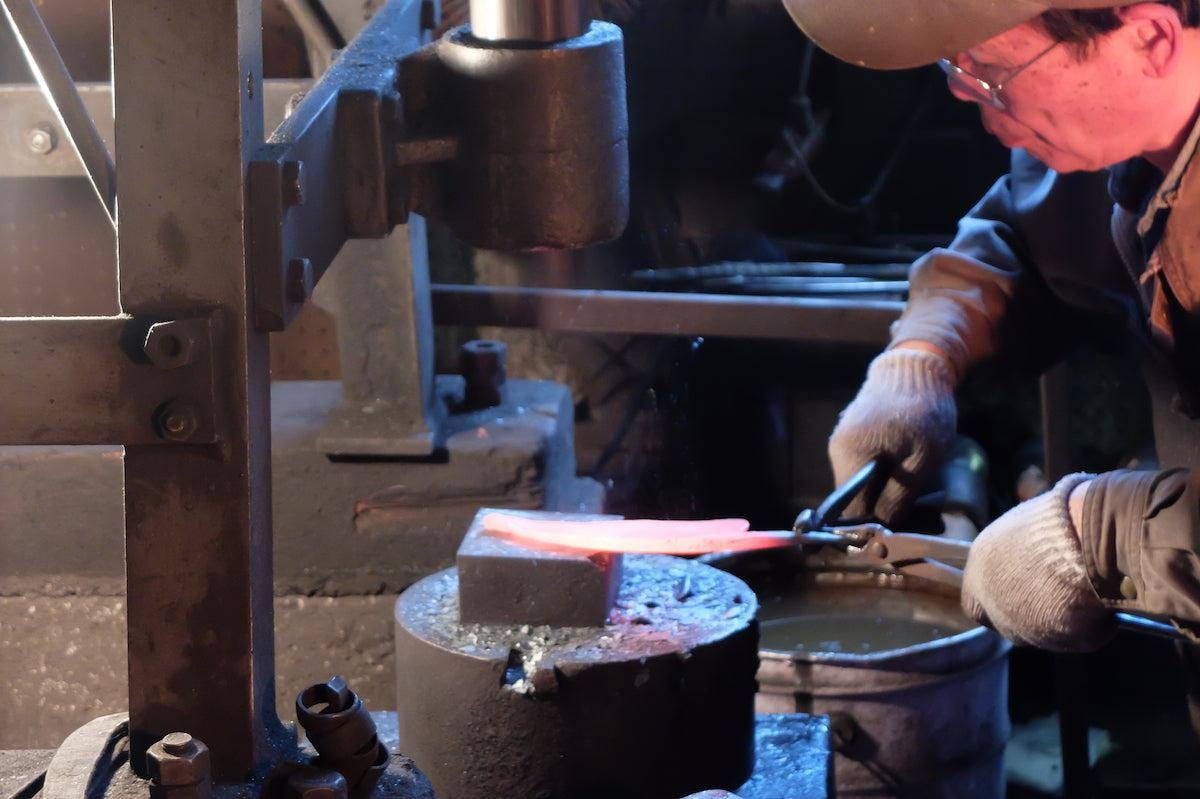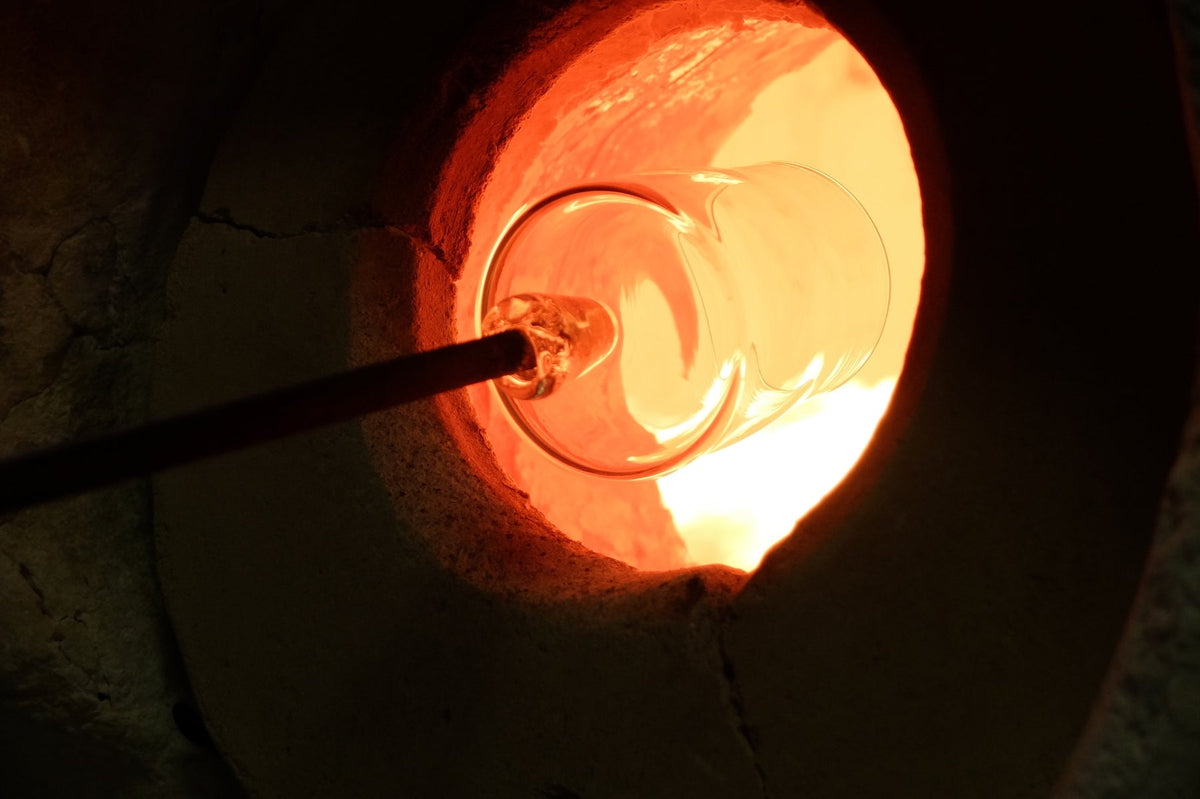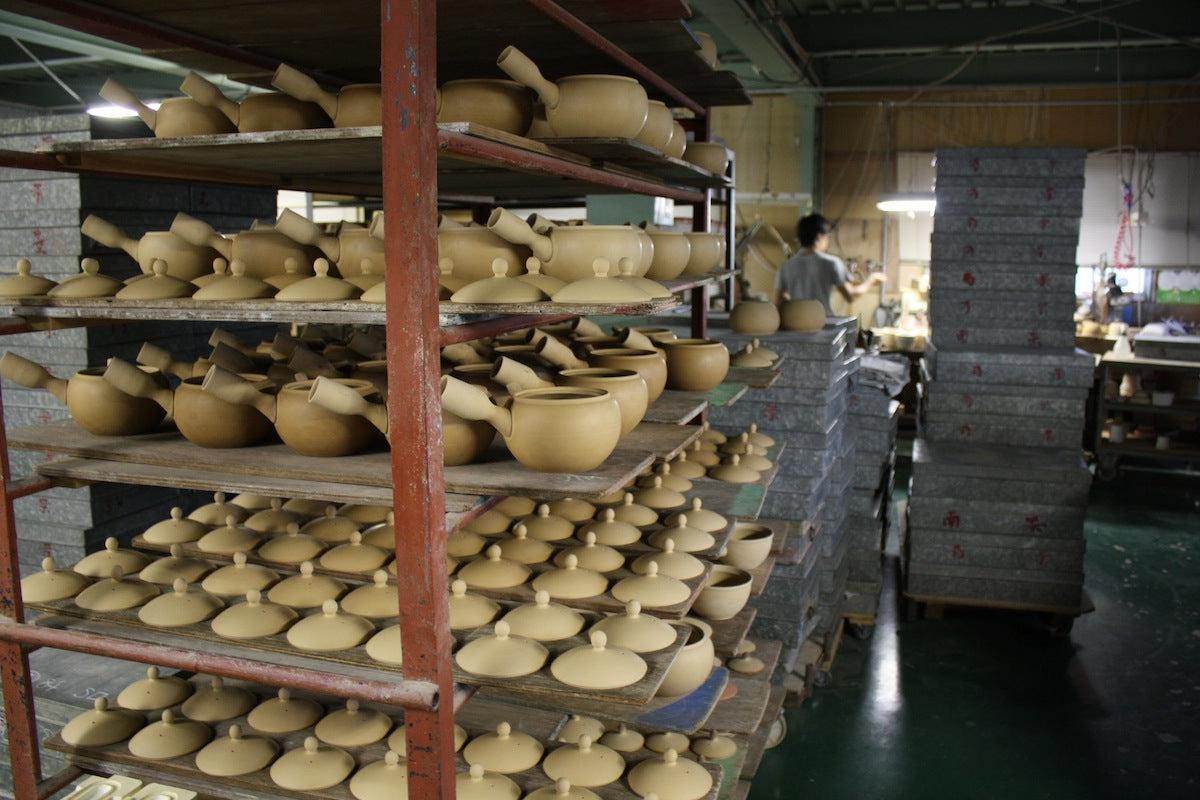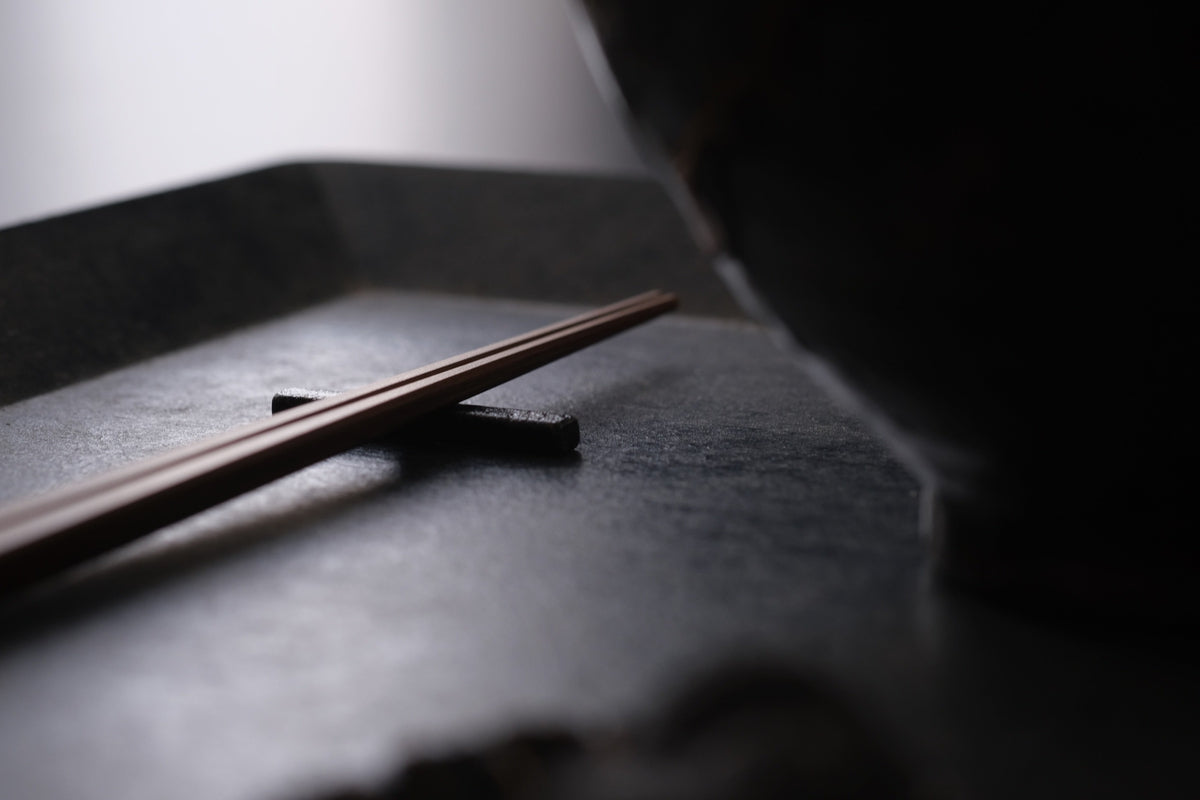frame porch <Ezo buckskin black dye, no L gusset> Leather shoulder pouch
Couldn't load pickup availability
*Pictures 1-3 are Honshu deer from Wakasa Town, Tottori Prefecture that I have made so far. The works on this page are from photo 4 onwards, which are Ezo deer from Tokachi, Hokkaido.
The model and specifications are the same, but only the leather is different. Since they are both deer, they have the same soft characteristics, but Ezo deer are slightly thicker and plump. Because it is soft, all Ezo deer products are lined with linen cotton (unbleached). It is dyed with a brush, called Okazome, instead of the usual permeation dye.
ー ー ー ー ー ー ー ー ー ー ー ー ー ー ー ー ー ー ー
Gussetless type of frame porch (L) size. Clean and thin.
If you remove the removable cowhide strap, you can enjoy a wide variety of ways to carry it, such as a handbag, crossbody, or over the shoulder.
As a main bag or as a sub bag. Although it has a good presence and a mature atmosphere, it has a natural appearance that is not too luxurious. The material, shape, and construction are all well-balanced, and there is an atmosphere that is unlikely to exist.
The leather is Gibier leather, which is purchased directly from hunters instead of from leather shops, which is a feature of Mr. Takamizawa's craftsmanship. Deer skins caught in Tokachi, Hokkaido are tanned with tannin and dyed with Okazome. Deerskin is soft and has a smooth surface.
The inside is lined. There are no partitions or pockets.
The metal fittings are also original made at a small town factory in downtown Tokyo. A vintage-like texture that goes well with the leather material. The sharp impression of the metal fittings is kept as it is, and it has a thin shape and a neat appearance.
▼ six-clothing Atsushi Takamizawa
Leather products made by Atsushi Takamizawa, six-clothing, who has a workshop in the back alley of Kappabashi, a wholesale district of cooking utensils in Asakusa, Tokyo.
Leather is tanned skin that is a by-product of the meat you eat. By tanning the leather, it becomes a "leather" material used for so-called leather products. This original animal skin is called raw hide. In most cases, leather materials are procured through leather processing factories, wholesalers, and retailers, but Mr. Takamizawa's case is a little different.
The leather used is purchased directly from domestic hunters. It is a wild animal that lives in the forests of Japan. Recently, it has become common to hear the word “Gibier” in food, but this word refers to the meat of natural wild birds and beasts that are hunted. However, when it comes to gibier, most of the skin that remains after being processed into meat is discarded. for that reason, It is the skin of animals such as bears and deer that are not generally used for leather products. Mr. Takamizawa uses leather that has been tanned and dyed after purchasing this leather directly from hunters. The leather that is tanned with vegetable tannin and handled by PINT is all naturally dyed. PINT from Mr. Takamizawa We purchase one piece of leather (for one cow) and request production. So we know when and where the leather came from. (Listed in the [Material] column at the bottom of the page and the paper tag attached to the product)
Because it is a wild beast, There are many scratches and wrinkles. Because of the natural expression of leather, it is used up as much as possible without waste. Parts that have tears, holes, or that affect the use or strength are avoided, and repaired with stitches, etc. I also use parts that I would avoid. Even if you use it without waste, the size and shape of each animal is different, and there are also large scratches that make it unusable. The small leather is also used by patchwork.
From a single piece of leather (for one animal), the leather can be used up with almost no waste, which is unthinkable from the point of view of making general leather products. For more information Gibier leather craftsmanship List of articles Please refer to the.
Having a workshop in the back alley of Kappabashi, a food-related cooking utensils wholesale district, also reflects Mr. Takamizawa's desire to "take life." Of course, the design and craftsmanship of the product are good, but even among the leather product makers, they are producing with a particularly strong feeling.
Because of the leather of wild animals, there are large individual differences depending on the leather part, and the expression is different. When ordering, please see the photos of each individual in stock and specify the desired individual from the options.
▼Photo
1-3 Products of the same type with different leather Honshu deer
4 onwards Products on this page Yezo deer
10/11 front and back of individual A
12/13 Front and back of individual B
14 December 2022 Ezo deer's first product
15 frame porch L with gusset (left) and without gusset (right)
【material】
Body: Yezo deer (Tokachi, Hokkaido) December 2022 Tannin tanning and black dyeing (Oka dyeing)
Lining: linen cotton
Handle/Shoulder strap: cowhide leather
*The handle and shoulder strap are integrated and cannot be separated.
Hardware: Brass
【size】
Body: Length 23.5 cm x Width 20.5 cm x Thickness about 2 cm
*No gusset
*Width of mouthpiece opening: 14.5cm
Shoulder strap: 103 cm including metal fittings
A handle: 42cm including metal fittings
【specification】
no pocket
Linen cotton lining
Removable shoulder strap and handle
[About handling]
It will be the same as general leather products. If you have any questions, please feel free to contact us.
*Frequently Asked Questions/Supplementary Comments*
・There are individual differences in the expression of the leather.
List of #six-clothing Atsushi Takamizawa










